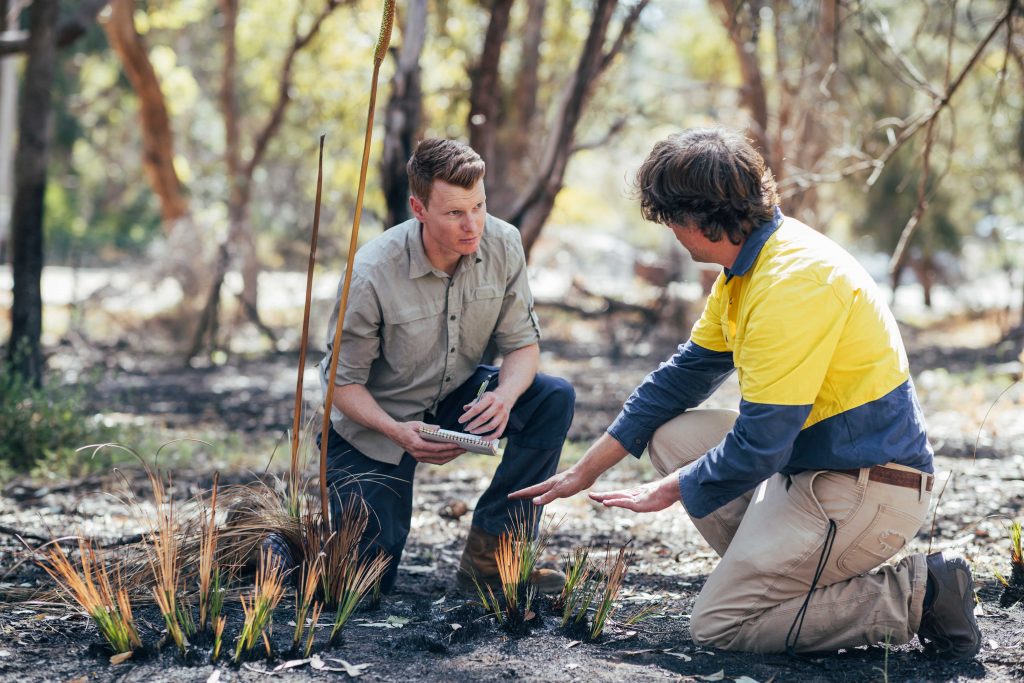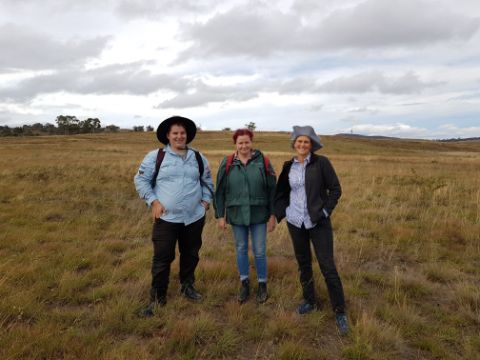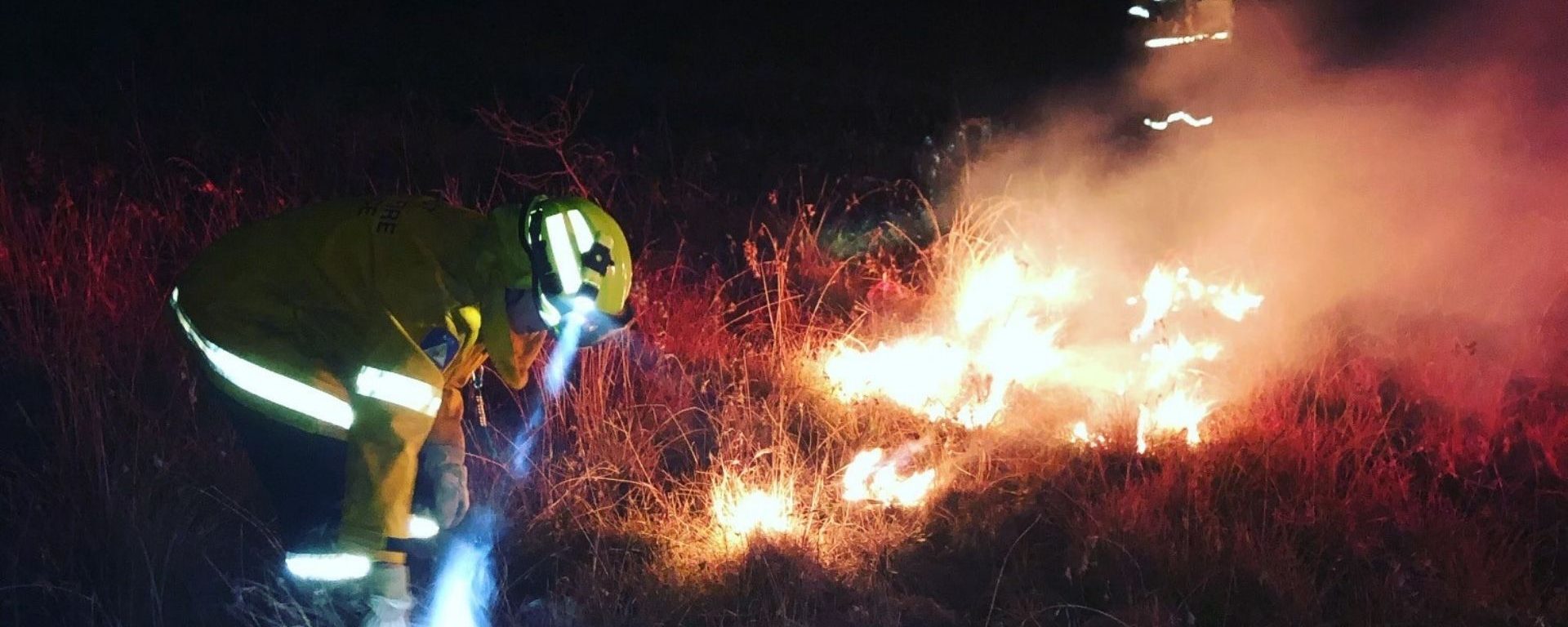Australia has been devastated by fire in recent years. Bush fires have destroyed homes and natural habitats alike. But did you know fire can be beneficial? That’s right, controlled burning can be used to help protect endangered flora and fauna.
In fact, First Nations peoples have been using fire to protect food and plants for thousands of years. And researchers from Charles Sturt University, with Parks Australia, have found that controlled fire can save critically endangered ecosystems. Post-fire seedling recruitment in grasslands and grassy woodlands of south-eastern Australia investigated if fire could promote growth of new organisms.
Discovering benefits of controlled burning
Researchers wanted to know whether fire-related cues, such as heat and smoke, can encourage germination of certain flora in grasslands and grassy woodlands. To do this, they set planned fires across four sites in ACT and Victoria, in collaboration with ACT Parks, NSW Rural Fire Service, Country Fire Authority, Taungurung Land and Water Council, and Trust for Nature. They also conducted experiments at the National Seed Bank to determine the impact of fire-related smoke and heat on germination. And out of 55 plant species tested, 44 were found to have increased germination in response to fire.

65,000 years of controlled burning
Controlled burning techniques have been used by First Nations peoples for over 65,000 years. First Nations communities practice ‘cool burning’, often referred to as ‘cultural burning’, which involves setting small, slow burning fires in cooler conditions. Cool burning maintains the diversity of food and medicine plants in grasslands and grassy woodlands. And these blazes help to clear underbrush, ensuring seeds and nutrients aren’t destroyed. Instead, the seeds are baked into the soil.
Consistent with First Nations practices, Charles Sturt PhD candidate Joshua Hodges found by-products of fire – including heat and smoke – increase germination of many common wildflowers and grasses.
“Managers need to be conducting low intensity burns to conserve and restore critically endangered grasslands and grassy woodlands. Fire can also be used to increase the success of seed sowing in restoration.”
Charles Sturt Senior Lecturer in Vegetation Ecology, Dr Jodi Price also reflected on the significance of this research for traditional owners.
“Our research has highlighted the importance of smoke-promoted germination for many wildflowers including culturally important plants for traditional owners. For example, the yam daisy improved germination from 30 per cent when untreated to 93 per cent when subject to heat and smoke.
“Smoke-cued germination is common in other fire-prone ecosystems but is reported for the first time as relatively common for grassy ecosystems. Practically, this means fire, and the re-introduction of fire in areas where traditional practices have been removed is important for maximising biodiversity in these grasslands.”
Is controlled burning the only way?
Fire isn’t the only way to increase germination. Joshua explains how masses of living organisms, also known as biomass, should also be reduced to encourage germination.
“Fire reduces biomass, creating gaps for germination and reducing competition for resources. And it also provides smoke and heat cues essential for maximising germination.
“For more than 25 years, previous work in grasslands and grassy woodlands found that fire (and other disturbances) maintains the diversity of many forbs and grasses which would otherwise be lost from grasslands in the absence of disturbance. It has led to the conclusion that other disturbances such as mowing or cattle grazing that reduce biomass can be substituted for fire.”
However, removing biomass alone is still not enough to encourage germination. Smoke and heat should be used alongside other biomass-reducing activities to regenerate flora and maintain long-term growth.
“It’s essential we provide the correct physiochemical conditions to ensure new individuals are regenerated to maintain these critically endangered ecosystems.”
Controlled burning remains an essential means to reduce the risk of catastrophic bush fires. Joshua reiterated the importance of these methods as we enter planned fire season.
“Some large grassfires have already occurred in Victoria and South Australia, so it is vital to reduce the risk of further grassfires,” he said.

Help to create a sustainable future
Are you inspired to protect and manage our vital natural resources? You can play your part at Charles Sturt with our range of agricultural and environmental sciences degrees.


You must be logged in to post a comment.